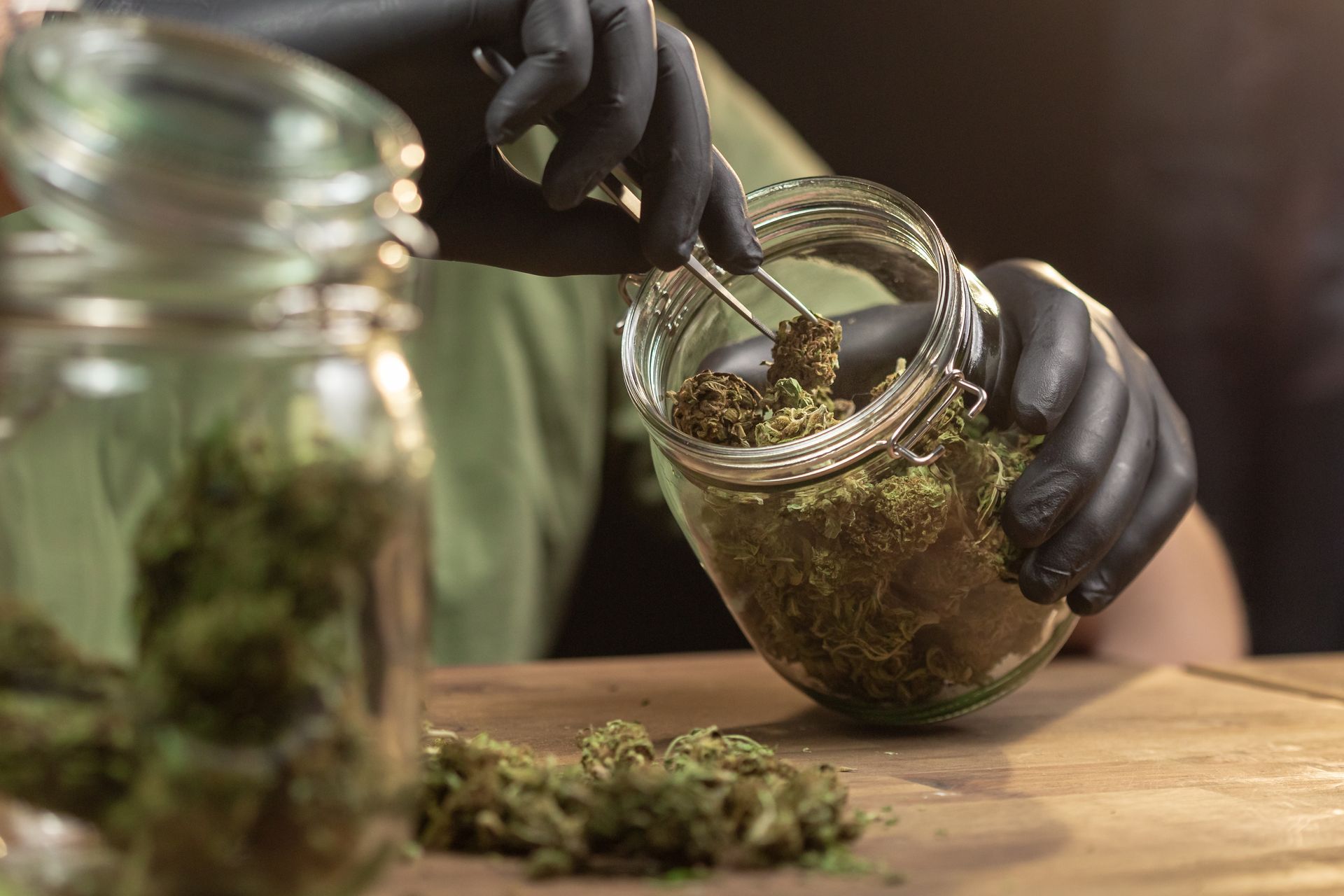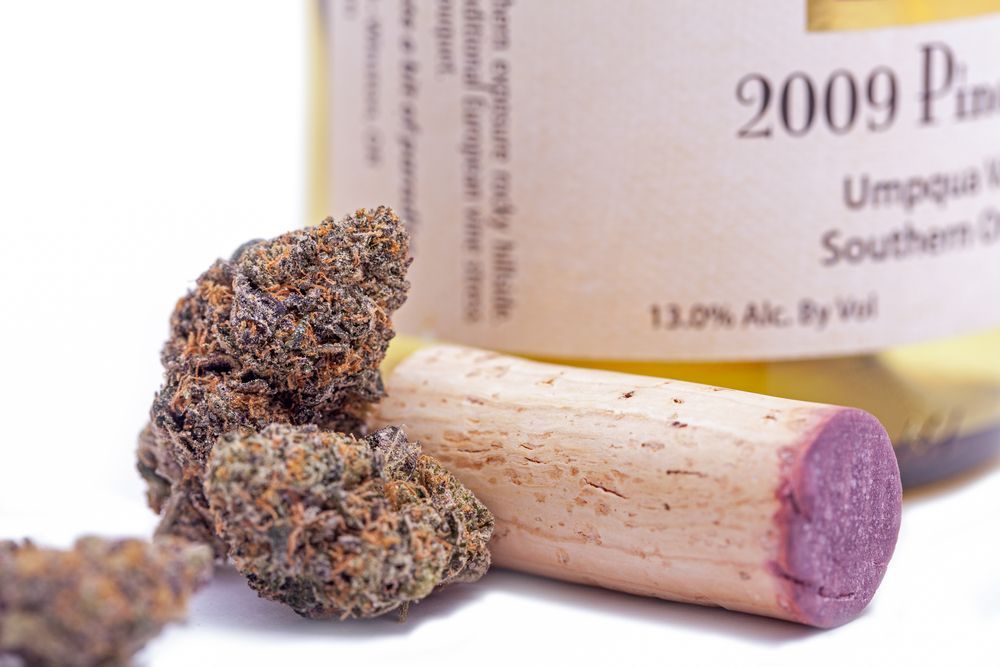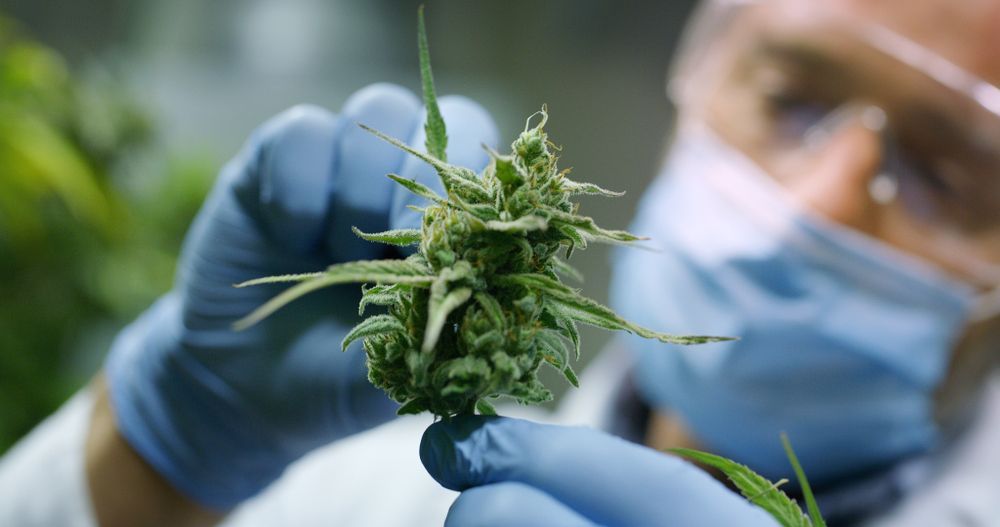The Amazing Versatility of the Cannabis Plant
The Amazing Versatility of the Cannabis Plant
Introduction
Our favorite part about cannabis is the way it makes us feel when we ingest it, whether that’s smoking a nice fatty, munching on some tasty edibles, or loading up our rig with sticky dabs. Medical users swear by its positive benefits on their health, and years of research and development have gone into honing its effects. But there’s so much more to the plant than just getting high.
Throughout history, people have used all parts of the cannabis plant for a variety of different applications, spanning almost every industry. It’s been called catchfly, bitterroot, milkweed, and even wild cotton, but the most common name for industrial cannabis is hemp, which refers to cannabis containing less than 0.3% THC. We wanted to share some appreciation for the incredible versatility of the cannabis plant with people who already know and love it.
For Food
Let’s start with the seeds. Hemp seeds contain over 30% fat, and are rich in omega-3 and omega-6 fatty acids, which are essential for healthy heart and skin. They’re also high in soluble and insoluble dietary fiber. Soluble fiber feeds the beneficial bacteria in our gut while insoluble fiber doesn’t break down so easily in our bodies and contributes to solid, regular bowel movements.
When eaten raw, the whole hemp seed has a mild taste with a soft texture and an often nutty flavor. If you roast it, it turns into a delicious crunchy snack with a crispy outer shell.
Hemp hearts, which are the seeds with the shells removed, are also great sources of protein, making them a healthy addition to our diets. They’re chewy and also a bit nutty. Hemp hearts are a great way to add protein to your smoothie or on top of a big bowl of oatmeal, and they’re also good in salads.
Hemp seeds can be made into hemp milk, blended into nut butter that goes well on toast, and you might even find them included in protein or granola bars. Hempseed oil works just as well as vegetable oil in a variety of cooking applications, including mixing it with oil, vinegar, and spices to make your very own cannabis salad dressing.
You’re more likely to find hemp hearts on the shelf in a regular grocery store than you are the raw hemp seeds, but you can buy those too if you want to roast or cook them yourselves.
For Textiles
One of the oldest uses of cannabis is for textiles, a fact so famous that the USDA actually put out a video promoting its cultivation back in World War II. (Get lifted and give it a watch, it’s especially fun if you play it back at double speed.) Unlike cotton or flax, cannabis requires fewer resources and a lot less water to grow. Because it grows so quickly, it’s naturally pest- and disease-resistant, which means fewer pesticides, too. It also produces 200% more fiber per acre than cotton or flax, up to 1,500 pounds !
While we’re mostly interested in the cannabis flower, the stem is where all those wonderful fibers live. The outer material (the “bast”) is composed of long fibers called “line fibers” that allow it to be spun and woven into fabric, while the inner “hurd” has a lot of short wispy fibers called “tow” fibers—great for making coarse yarn or stuffing. Hemp rope has been used for centuries, especially in naval applications because it doesn’t grow or shrink much when it gets wet. Some manufacturers will grow crops specifically for its fiber while others will harvest both the seeds and the fiber, although growing weed for seed means losing some size gains in the resulting product.
Line fibers can end up being as long as the raw plant that’s being harvested, stretching as many as sixteen feet in length. Can you imagine a sixteen-foot tall cannabis plant? That’s practically a tree! The line fibers are spun into fabric for clothes , furniture, and even rugs or carpets. The naturally low lignin levels in hemp allow for environmentally friendly bleaching without chlorine, enabling hemp fabric to accept a wide variety of dyes that maintain their color better than cotton. It also has less stretch than other fibers, allowing clothing to retain its shape and grow softer over time.
Hemp textiles have natural anti-bacterial properties, good breathability, high abrasion resistance, and superior UV-blocking compared to other fabrics.
For Construction
Did you know you can build an entire house from cannabis? It only takes three months and a few acres of growth, but check out this video if you don’t believe us. The hemp hurd can be chopped up and combined with lime and water to make concrete—or hempcrete ? The strength of the hemp fibers combined with a powerful binding agent like lime makes a strong and sturdy framework for a variety of construction purposes. Cannabis-based concrete (cannacrete? Help us find a name for this,) offers good insulation and moisture regulation, is pest- and mold-resistant, has low-flammability, and—the best part—is fully recyclable.
And that’s not the only thing you can do with cannabis. It’s also a great material for insulation
, using the fibers to make batts, rolls, and solid panels. HempWool (now that’s a great
name) doesn’t irritate your skin like fiberglass, it doesn’t rot, it’s nontoxic, and it’s completely recyclable. Hemp insulation has high thermal resistance and excellent absorption of both sound and moisture.
(now that’s a great
name) doesn’t irritate your skin like fiberglass, it doesn’t rot, it’s nontoxic, and it’s completely recyclable. Hemp insulation has high thermal resistance and excellent absorption of both sound and moisture.
Using cannabis for construction dates as far back as the sixth century A.D., when it was part of the recipe for hemp-based plaster in cave dwellings discovered in India. They’re still intact today, that’s how good this stuff is!
For Paper
Did you know that cannabis was involved in the invention of paper? Before hemp, people used to write on bone, stone, bamboo, and even silk—but the result was often cumbersome and, in the case of silk, prohibitively expensive. Paper was invented sometime during the Han Dynasty (206B.C.—24A.D.) in China, and was made by soaking hemp fibers in water then pounding it with a wooden mallet, then pouring it over a bamboo frame with a woven cloth stretched across.
There are a lot of popular rumors about the use of hemp paper throughout history with some claiming that it was used for the Gutenberg Bible and the first couple drafts of the Declaration of Independence, but these claims are disputed by the British Library and the estate of Monticello. Still, hemp paper can be derived from both the line and tow fibers. Line fiber paper is thin, tough, and brittle, making it a good material for book covers, while tow fiber paper is softer, thicker, and good for everyday use.
Even though most modern paper is made from trees, hemp grows undeniably faster than wood, has a higher concentration of cellulose, and produces more durable paper. Cannabis makes for a much more sustainable alternative to the deforestation caused by the paper industry, and with the 2018 Farm Bill in full effect, we may see it making a comeback very soon.
For Cosmetics
Remember that hempseed oil we mentioned back in the food section? Well, it’s not just for eating. Hempseed oil can also be refined for a number of different cosmetic applications from soap to conditioners, shampoos, and sunscreens. Hempseed oil is a natural moisturizer , thanks to its high concentration of gamma-linolenic acid (GLA) which is one of those Omega-3 fatty acids. It’s also rich in vitamin E, magnesium, and potassium.
This rich oil can be made into lotions , body butters , balms , facial masks , bath bombs , and even hand sanitizers.
Conclusion
The next time you settle in for a lengthy smoke sesh, take a moment to appreciate the rich history of the cannabis plant. The stalks can be pounded into paper or crafted into concrete, the seeds can be eaten raw or pressed for their oil to make moisturizer (and diesel fuel ? Did we mention that?) and the flower can—as you know—get you absolutely baked. Let’s raise a toast to this marvelous miracle of nature, and if you want to learn more about its history and its future, watch this short documentary from Patagonia.





